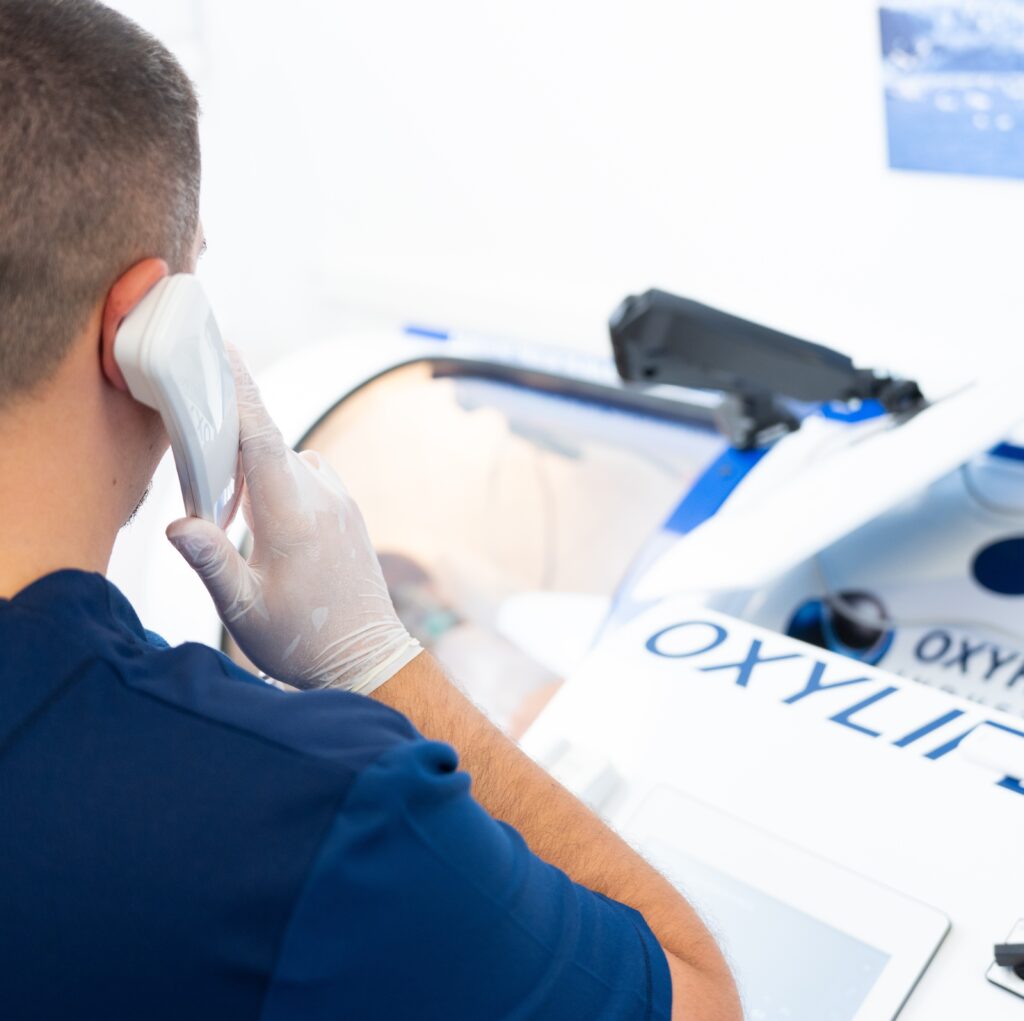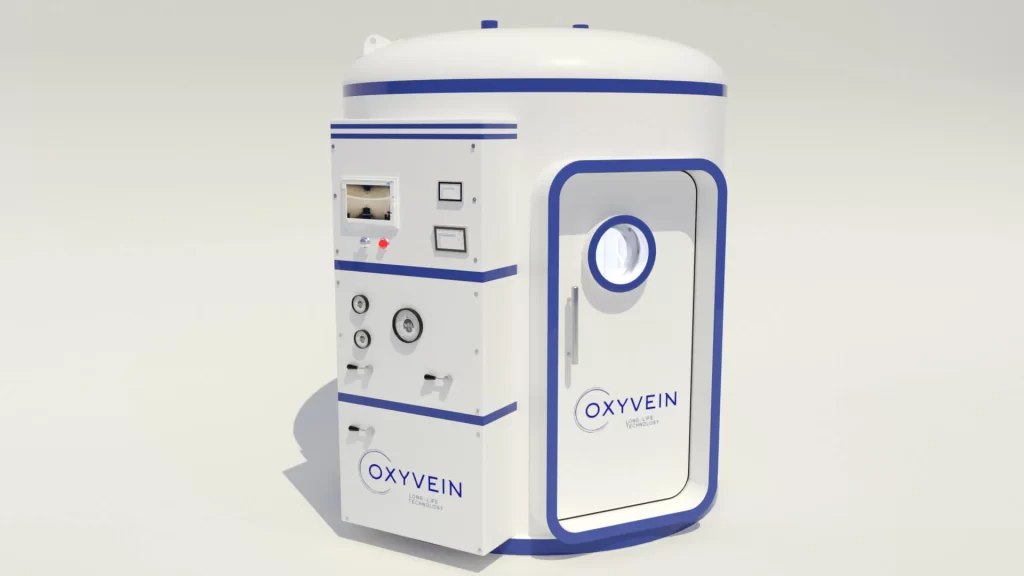
Autoimmune diseases are becoming an increasing public health concern worldwide, and Croatia is no exception. They represent a group of chronic conditions in which the immune system – whose role is to protect the body – starts attacking its own cells, tissues, and organs. The result is a variety of symptoms, depending on the affected system, which significantly reduce patients’ quality of life.
According to data from the World Health Organization and other relevant studies, more than 400 million people worldwide suffer from at least one autoimmune disease. In the past few decades, the number of patients has been steadily rising – some authors report a prevalence increase of 3% per year. This trend is particularly evident in Western countries, which has been linked to lifestyle, environmental factors, and improved diagnostics.
In Croatia, there is no official unified registry, but it is estimated that between 7% and 10% of the population has a diagnosed autoimmune disease. This means that nearly 400,000 people in our country live with this type of disorder.
Interestingly, autoimmune diseases affect women more frequently – the average ratio of affected women to men is 3:1, and in some diseases such as lupus, this ratio can reach 9:1. Hormones, particularly estrogen, are believed to play a role in the overactivation of the immune response. Genetic predisposition is also important – if a family member has an autoimmune disease, the risk for other members increases.
To date, more than 80 different autoimmune diseases have been identified, with the most common including:
Currently, there is no cure for autoimmune diseases. Treatment focuses on controlling symptoms, slowing disease progression, and improving quality of life. The most commonly used methods include:
Although many patients benefit from these treatments, it is important to note that they often come with side effects and long-term strain on the body.
Research shows that early diagnosis and timely treatment significantly influence the course of disease. However, there is growing interest in complementary approaches that act synergistically with conventional therapy – this is where integrative medicine comes in.
Nutritional protocols, stress reduction (e.g., meditation, mindfulness), antioxidant therapy, and hyperbaric oxygen therapy (HBOT) are increasingly mentioned in scientific publications as potential support in treatment.
Hyperbaric oxygen therapy (HBOT) involves breathing oxygen under increased pressure, which significantly raises the amount of oxygen in the bloodstream and tissues. Although traditionally used for conditions such as decompression sickness, hard-to-heal wounds, and carbon monoxide poisoning, it is increasingly being studied for its anti-inflammatory and immunomodulatory potential.
Some of the key mechanisms of HBOT relevant to autoimmune diseases include:
Preliminary studies show positive effects of HBOT in diseases such as multiple sclerosis, rheumatoid arthritis, and inflammatory bowel diseases. For example, randomized studies conducted in Israel and the USA indicate symptom reduction and improved neurological function in multiple sclerosis patients after HBOT cycles.
In clinical practice, many patients report reduced fatigue, improved concentration, and fewer inflammatory episodes after HBOT.
For genetically predisposed individuals, prevention is not straightforward, but certain measures can reduce risk or delay disease onset. Recommendations include:
Additionally, early screening in individuals with a family history of autoimmune diseases may help with early detection and prevention of complications.
Autoimmune diseases are among the most important challenges of modern medicine today. While a complete cure is not yet possible, modern medicine and integrative approaches – including HBOT – offer more and more opportunities to improve patients’ lives.
At our clinic, with a holistic approach that combines standard methods with hyperbaric therapy and personalized support, we strive to provide patients with the best of both worlds – scientifically grounded, yet comprehensive care.
References
Zamboni L. et al. (2003). HBO Therapy in Autoimmune Murine Lupus.
https://pubmed.ncbi.nlm.nih.gov/12921756
Camporesi EM et al. (2017). HBOT Modulates Inflammation in Arthritis Mouse Models.
https://pubmed.ncbi.nlm.nih.gov/28783888
Topal Y et al. (2024). Effects of Hyperbaric Oxygen Therapy on Experimental Arthritis.
https://pubmed.ncbi.nlm.nih.gov/38965677
Cheng O-Y et al. (2021). HBOT Attenuates EAE in MS Model by Immunomodulation.
https://www.mdpi.com/2227-9059/9/8/943
Hadanny A. et al. (2021). Hyperbaric Oxygen Therapy in Neurological and Inflammatory Diseases: Mechanisms and Applications.
https://pmc.ncbi.nlm.nih.gov/articles/PMC8465921/
HBOT Clinic Idaho (2023). The Effects of HBOT on Rheumatoid Arthritis – Pilot Study.
https://journals.lww.com/jclinrheum/abstract/2021/12000/the_effects_of_hyperbaric_oxygen_on_rheumatoid.34.aspx
Note: This content is intended for informational purposes only and does not constitute medical advice or replace consultation with a qualified healthcare professional.
Contact phone
Mobile phone

The first and only medical device of its kind in Croatia – this chamber represents the pinnacle of efficiency and comfort in therapy. It is designed to support the treatment of complex health conditions, as well as to enhance the body’s resilience and endurance.
Starting next month, you can personally experience its benefits and recommend it to those who matter most to you.